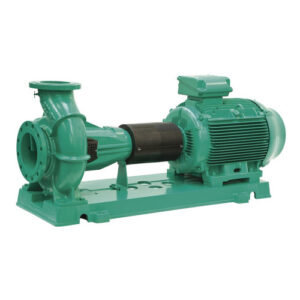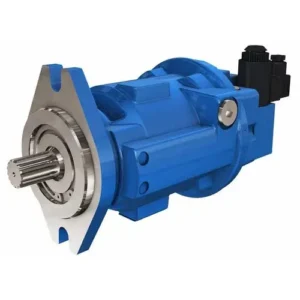Key Features of Hydraulic Reservoir
1. Design and Capacity Options of Hydraulic Reservoir
Hydraulic reservoir comes in cylindrical, rectangular, or custom-fabricated shapes with multiple capacity options to meet system volume requirements. Each unit is designed to allow for proper fluid expansion, circulation, and deaeration within marine hydraulic systems.
2. Construction and Materials of Hydraulic Reservoir
Manufacturers use heavy-duty steel, aluminum, or stainless steel with corrosion-resistant coatings. Welded seams, reinforced mounting brackets, and internal baffles ensure durability and structural stability under pressure and vibration.
3. Heat Dissipation and Cooling Support
Reservoirs are engineered to aid in hydraulic fluid cooling. Their surface area and optional integrated heat exchangers help dissipate heat generated during system operation, which prevents fluid breakdown and improves overall efficiency.
4. Contamination Control Features
Each unit typically includes filter ports, desiccant breathers, clean-out covers, and return line diffusers to reduce contamination. These components keep fluid clean by removing moisture, particles, and aeration that could harm hydraulic components.
5. Fluid Level and Temperature Monitoring of Hydraulic Reservoir
Built-in sight gauges, level sensors, and temperature indicators give crew members real-time visibility over fluid conditions. This simplifies maintenance and helps prevent system failures caused by low fluid levels or overheating.
6. Integration with Hydraulic Systems
Marine hydraulic reservoirs connect easily to pumps, valves, actuators, and power units using standard ports and mounting configurations. Their modular designs allow for seamless installation during new builds or retrofits.
7. Safety and Pressure Management of Hydraulic Reservoir
Units include pressure relief valves, locking filler caps, and overfill protection to ensure safe operation. These features help prevent fluid spillage, vapor release, or over-pressurization, especially during rough sea conditions.
8. Compliance and Classification Approvals
All hydraulic reservoirs comply with international marine standards such as ISO 4413 and IMO safety codes. Products are built and tested in accordance with DNV, ABS, and Lloyd’s Register requirements for use on seagoing vessels.




